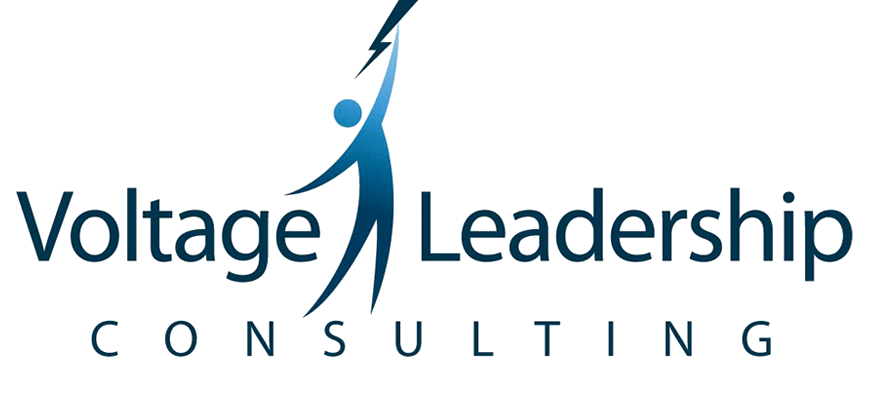WATCH OUT FOR THAT ICEBERG!
Do you have conflict on your team? When a conflict arises, do you view it as a problem with an individual or between two individuals? Does it feel like your workplace is always stuck in drama? If you answered yes to any of these questions, read on to learn about a model I like to use with teams.
The Waterline model below is from Harrison, Scherer and Short. There are other models out there, but I will use this one to explain some of the challenges in your organization.
An executive team I was working with recently was having significant challenges. We used the Waterline Model to start the conversation. You can use this model to start a meeting when you are off target on your goals.
If everything is working, meaning your tasks are leading you to accomplish your goals, then you stay above the waterline. You keep doing what you are doing, celebrate, capture lessons learned and try to keep up the momentum.
Watch out, iceberg ahead! We all wish it were that easy. Unfortunately, an obstacle or iceberg gets in the way and we need to dip below the waterline to diagnose the challenge and get back to accomplishing our tasks. In this highly caffeinated world, we need to do this ASAP.
There are four key areas below the waterline:
1. Structure (Clarity of goals, results, mission, vision, decision-making, sponsorship)
2. Group (Inclusion, roles in the group, decision making in the group, who’s in and who’s out)
3. Inter-personal (drama between 2 people, conflict, feedback and communication breakdowns, misunderstandings and who did what to whom!)
4. Intra-personal (values and beliefs, stress, emotional intelligence, assumptions)
When a problem arises, where do most people go? Yep, you’ve got this…right to the blame game! We throw the individual off the bus with their intra-personal challenges! I would say 80% of my clients start in the bottom two areas. Sometimes this is effective, but really 80% of the time should be spent in the top two areas.
I would challenge you to start at the top and work your way down. Ask yourself questions like:
1. Do we have clear goals?
2. Do we know who the decision makers are for this project or work?
3. Does the work we are doing align with our mission and vision?
4. Do we have the right people on the team/project?
5. Do they have the authority to make the decisions required to get us back on task?
Generally, I find that when a team or individual is not hitting their goals, it is because of unclear expectations, poor decision making criteria, unclear roles, or lack of clarity of purpose of the team. I ask leaders to make the assumption that people come to work to do a good job and want to accomplish their goals (yes, I know there are a few slackers, but those are the exception not the rule.) If we reset expectations, clarify decision making and ensure the right people are in the room, then we normally get back to accomplishing our goals and do not have to get down to inter-personal or intra-personal conflict.
Okay, I see you rolling your eyes. Yes, there are times when it is inter-personal or the individual’s work. Here is my challenge to you: be open to starting higher in the model and then work your way down. If it is an inter-personal challenge, I suggest a 3-way conversation where you facilitate clarity on goals and set-up ground rules for how these two individuals will get along. If it is an intra-personal challenge, then I think you give clear, specific feedback on where they are missing the mark and follow-up consistently until either the performance is up above the waterline or you ask them to exit the organization.
Wrapping up…the team that I originally discussed realized that they had done a poor job assembling teams. They put people together, but did not give them the ability to make decisions. Also, they tended to see their peers as obstacles and not assets that could accomplish the goals that they all wanted to hit. Once they realized this, they set clearer expectations, changed the membership of the teams and they were PERFECT! Well, not perfect, but they did get much better and they are much closer to their results now thanks to using the model and sharing feedback with one another.
Your challenge: if your team is off target, have you diagnosed where the breakdowns are? I encourage you to start just below the waterline and work your way down. Good luck and let me know your results.


